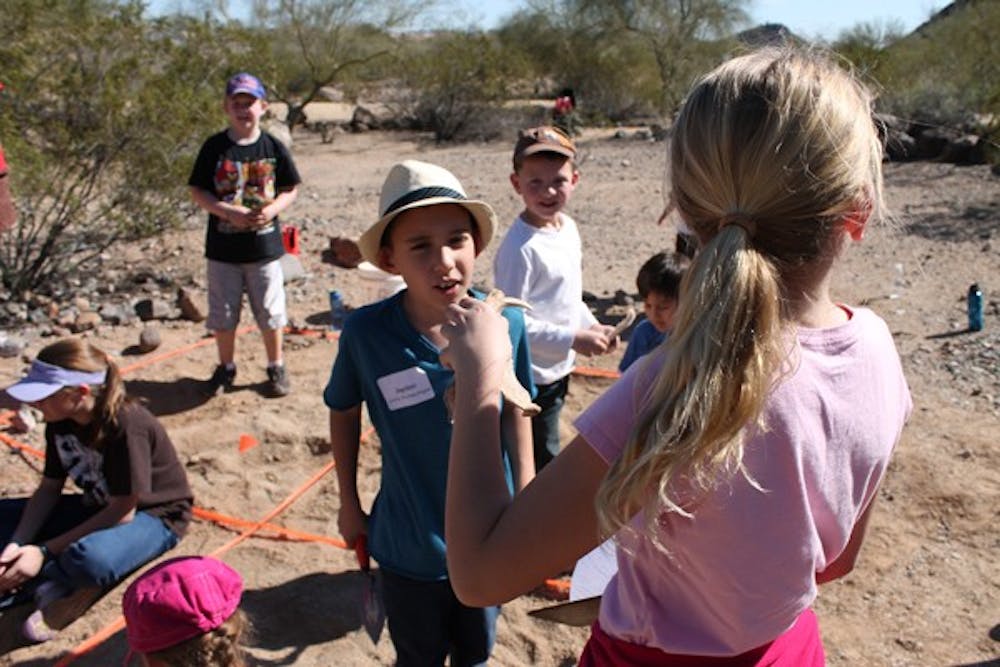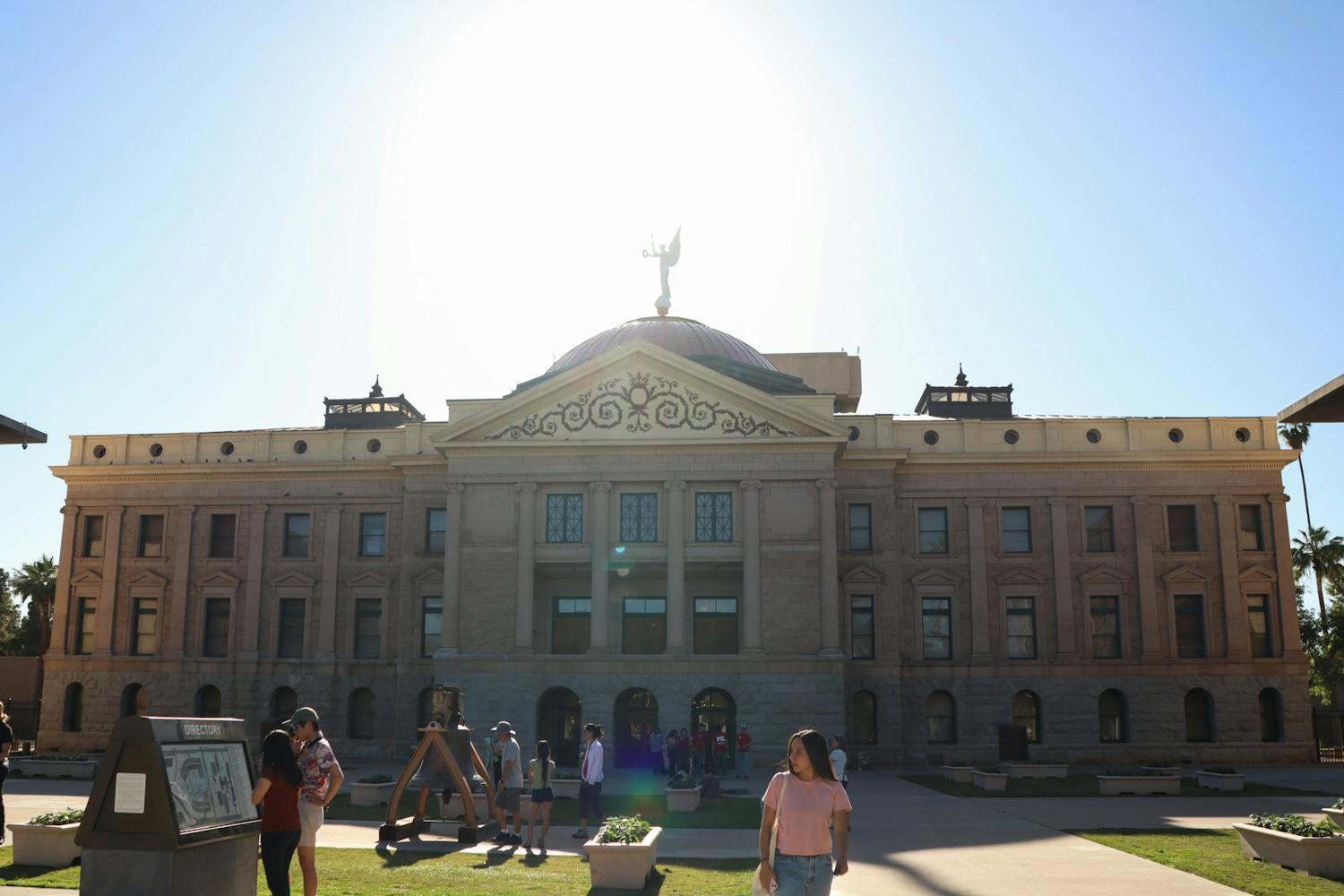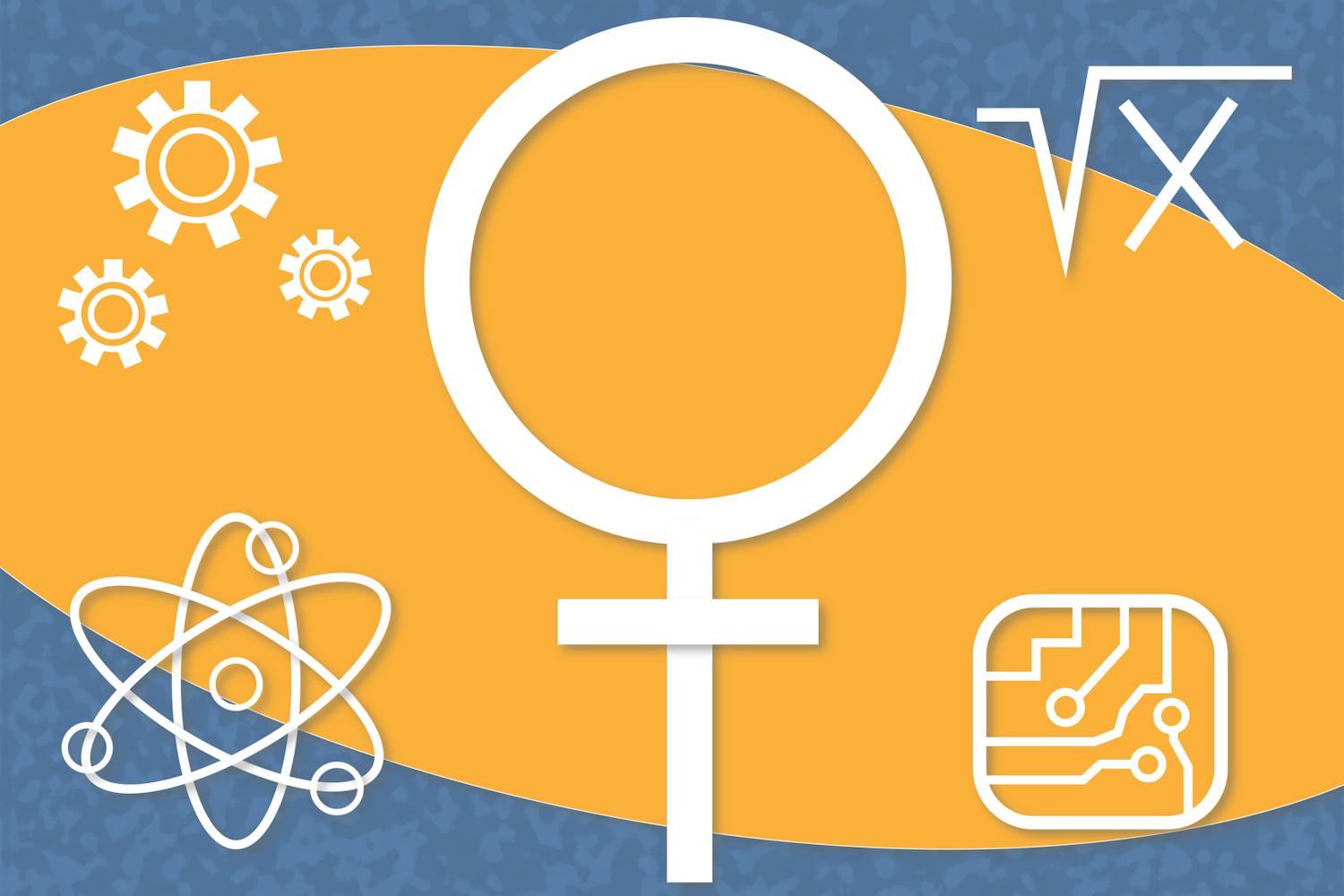 Junior Archaeologists share their discoveries in the field at "Junior Archaeologist Field Day" at the Deer Valley Rock Art Center on Saturday, Feb. 16. Click on the photo for a slideshow of the event. (Photo by Laura Davis)
Junior Archaeologists share their discoveries in the field at "Junior Archaeologist Field Day" at the Deer Valley Rock Art Center on Saturday, Feb. 16. Click on the photo for a slideshow of the event. (Photo by Laura Davis)When Sami Kalas, 8, and her team discovered a javelina jaw during the mock excavation for junior archaeologist field day at the ASU Deer Valley Rock Art Center, she showed it to the other children and received a chorus of, "Cool."
Sami was one of 13 children, aged 8 to 11, who participated in the junior archaeologist field day Saturday.
The School of Human Evolution and Social Change organizes the biannual event in which kids learn the basics of archaeology through a series of hands-on activities.
ASU alumna Casandra Hernandez, education and programs manager at the center, came up with the idea for the program three years ago.
“What I do here is design ways for visitors to experience this site,” she said. “We have the largest concentration of rock art in Phoenix. In a 47-acre area, we have over 1,500 petroglyphs that were made by different people in different times.”
Petroglyphs are carvings or engravings on rocks that form images. Most petroglyphs are associated with prehistoric times.
The rock art center offers other activities for kids, including a week-long summer camp in June and a festival, which will happen next month, where families get to experience hands-on archaeological activities for free.
“We designed a program to teach kids the basic principles of archaeology but also to teach them appreciation for cultural heritage sites,” she said.
Hernandez said she has always been interested in working with children and showing them ways to feel excitement over science, humanities and the past.
“The response (of the kids) has been incredible,” she said. “We have kids who feel very empowered with the program. They get a sense that they are discovering something new. … They are excited to be outside.”
Hernandez, who is originally from northern Mexico, grew up visiting archaeological sites and was always fascinated by it.
“We have a lot of the same history in terms of the peoples that were here and their ways of life in the desert,” she said. “I found later on that I was most interested in … thinking about the ways of the past informs our present and our future.”
The program size is very small, because it’s important to have personal interactions with the kids, Hernandez said.
“Today the kids learn about how archaeologists work and how they do,” she said. “They also learn experimental archaeology … and will get a chance to excavate a mock archaeological site.”
Hernandez and her team recreated a Hohokam house for the kids to excavate. Hohokam people were one of the four major prehistorical groups in what is now Southwest America.
The kids began their day with a quick archaeology lesson where they learned about the study and what they could expect to do during the day.
“Archaeologists are interested in people of the past,” Hernandez said. “Think of archaeologists as kind of detectives who want to know what happened.”
The children also learned the difference between artifacts and features. Artifacts are human residues that can be brought back to the laboratory to be examined. Features are non-portable things such as a house foundation or other buildings.
After the lesson, the kids learned flintknapping, the art of making tools out of stone.
Truman Peters, 74, and his wife, Charlotte, 68, taught them how to do it. The couple has volunteered at the center since it opened.
Peters built metal tubes that are directed toward certain points throughout the trail so visitors can find the petroglyphs easily.
“I try to teach kids flintknapping,” he said. “The best part is that you get to see them light up when they understand something.”
Truman taught himself how to flintknapp more than 20 years ago and can create an arrowhead in only 20 minutes. The first time he tried, it took him two weeks.
“There’s books that tell you how to do it,” he said. “Throw those things away and do it yourself.”
Truman and Charlotte frequently give flintknapping lessons at the center. They said perseverance is the most important thing kids will take from the day.
Before volunteering at the ASU Deer Valley Rock Art Center, the Peters worked at other archaeological sites, especially with petroglyphs.
“To teach the children is the way we’re going to preserve these things for the future,” she said. “We used to give tours, but once Truman took up flintknapping, we started doing this.”
Charlotte used to be a teacher's aide for special education students and Truman worked at a power plant, but they were always interested in archaeology.
“I miss working with kids, so I love being with them now,” she said. “Their excitement when they actually get it right is wonderful.”
After their flintknapping lesson, the kids learned how to do an archaeological field survey where they had to locate possible excavations sites and record their result. Their instructor, Chris Reed, has been a volunteer at the center for 15 years.
“The most valuable thing kids will learn today is probably an introduction to archaeology and to have some respect for the outdoors,” he said. “Archaeology is an outdoor type of thing, even though a lot of work is done indoors.”
Reed said he loves to work with children and will keep volunteering at the junior archaeology and summer programs.
The children went on a hike after lunch where they identified around 10 petroglyphs that were visible throughout the trail. Many of them looked through the tubes the Peters built.
The last activity of the day was the one kids had been looking forward to the most: the excavation. Each team was assigned one of the six units the site had been divided into. The members of the team had to take turns recording the findings and using the trowel and brush to discover the things that were buried.
When the kids documented their findings, they had to imagine what sort of activity had taken place within their unit. The children quickly figured out it had been a Hohokam house.
Sami and Hannah Kalas joined the junior archaeologist program for the first time Saturday. Their mother signed them up for it and they said they loved it.
“Our mom found it online, and she said, ‘You’re going to become junior archaeologists for a day,’ and we said ‘Yay!’” Hannah, 11, said.
Hannah’s favorite part was the flintknapping lesson, while Sami liked the excavation. They both said they would like to come back next year and learn more about archaeology.
A slideshow of the event can be found here.
Reach the reporter at dpbaltaz@asu.edu or follow her on Twitter @dpalomabp




